How to avoid hitting the ball poorly?
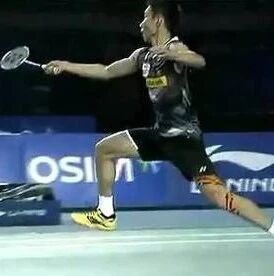
When playing, if you hit the ball poorly, it becomes difficult for it to reach the intended landing spot, easily putting you in a defensive position.Most mishits occur because of poor ball control, resulting in the ball not being struck in the sweet spot.Hitting in the sweet spot gives you greater confidence with every precise ball control.
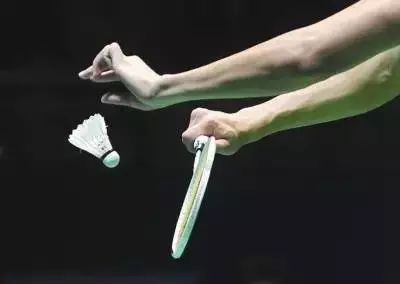
To improve the accuracy of your shots, you must enhance your "feel" for the ball. This "feel"—though invisible and intangible—can be refined through the following three methods:
1) Juggling
Anyone who regularly plays ball sports knows that football, volleyball, table tennis, and tennis can all be used to improve your ball control through juggling practice—but badminton works just as well!
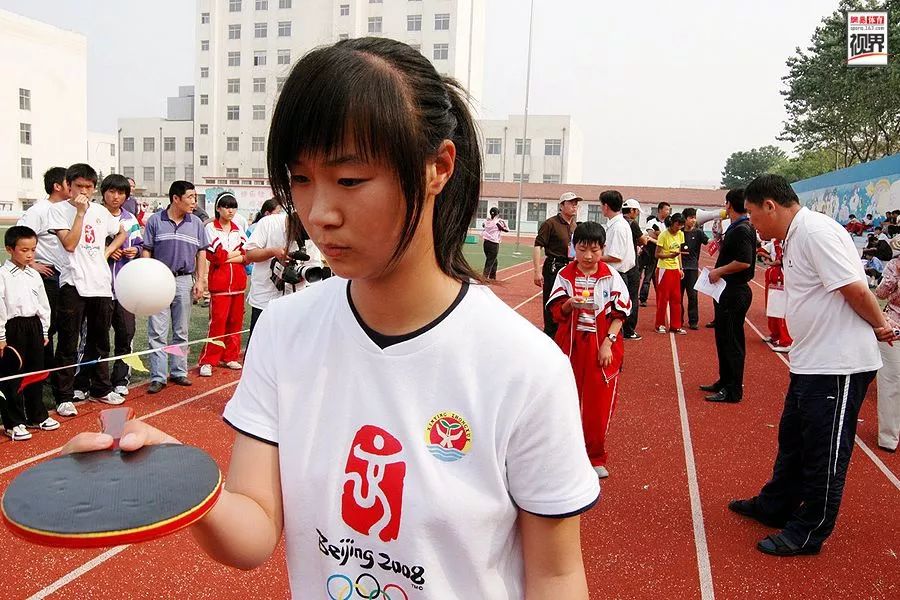
Table tennis ball juggling

You can start by juggling on just one side.
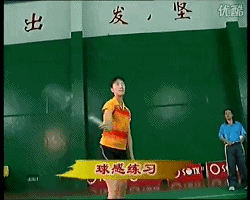
Once you've mastered it, you can alternate between forehand and backhand while juggling the ball.
When juggling, make sure the height of each bounce is just right. If you’re just starting out and your reactions are a bit slower, it’s okay to toss the ball higher—this gives you enough time to prepare for the next move. Once you get the hang of it, you can gradually lower the height.
To add a bit of fun, players can form a circle and pass the ball to each other—whether it’s two, three, or four people passing back and forth. The ultimate goal is to become more comfortable with the ball, develop a natural feel for it, and improve agility and coordination.
2) Ball-rubbing practice
Two players stand at the net, trading strokes with each other. This practice method is ideal for partners who already have a solid foundation, allowing them to achieve smooth, continuous exchanges at the net—helping them refine their timing, power control, and racket-face awareness in the process.
3) Wall-pulling training
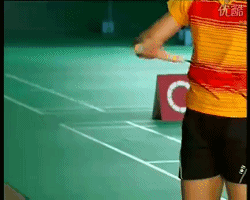
Watch your wrist.

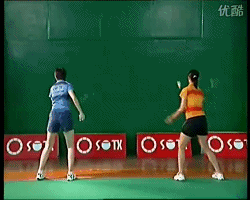
Watch your feet—don't stay fixed in place; move with the ball.
A distance of 2 to 3 meters from the wall is ideal. Focus on controlling your strength and mastering the racket face, as the incoming ball’s direction will constantly change. Adjust your racket angle accordingly to hit a smooth, continuous shot—and that’s the key to developing a keen sense of touch and improving your overall game.
You can start by practicing either your forehand or backhand side, and once you’ve mastered that, switch to alternating between the two. Since the ball bounces back with a certain speed, it’s important to adjust your hitting power accordingly. If you swing with more force, the ball will rebound faster—and vice versa. Alternate between varying the pace of your returns, as well as adjusting the distance—sometimes short, sometimes long—while keeping the rhythm steady.
This exercise helps develop ball feel and control, enhances reaction speed, and simultaneously strengthens wrist power—allowing you to fully experience the precise of your wrist and fingers. It also improves your ability to initiate movements, shift position, and accurately judge incoming balls, making it a truly multi-faceted practice.


Related Articles

Cute! China's national badminton player Zheng Swei's son confidently faces the camera, while Huang Yaqiong holds him close, beaming with joy.
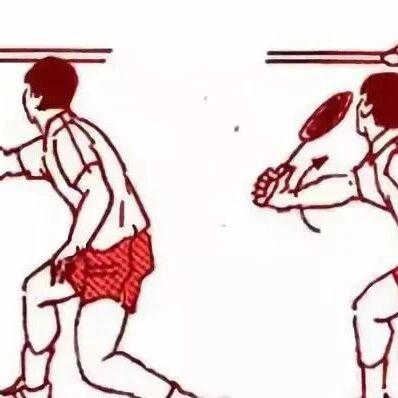
When playing badminton, you need to know about that magical 45-degree angle.
